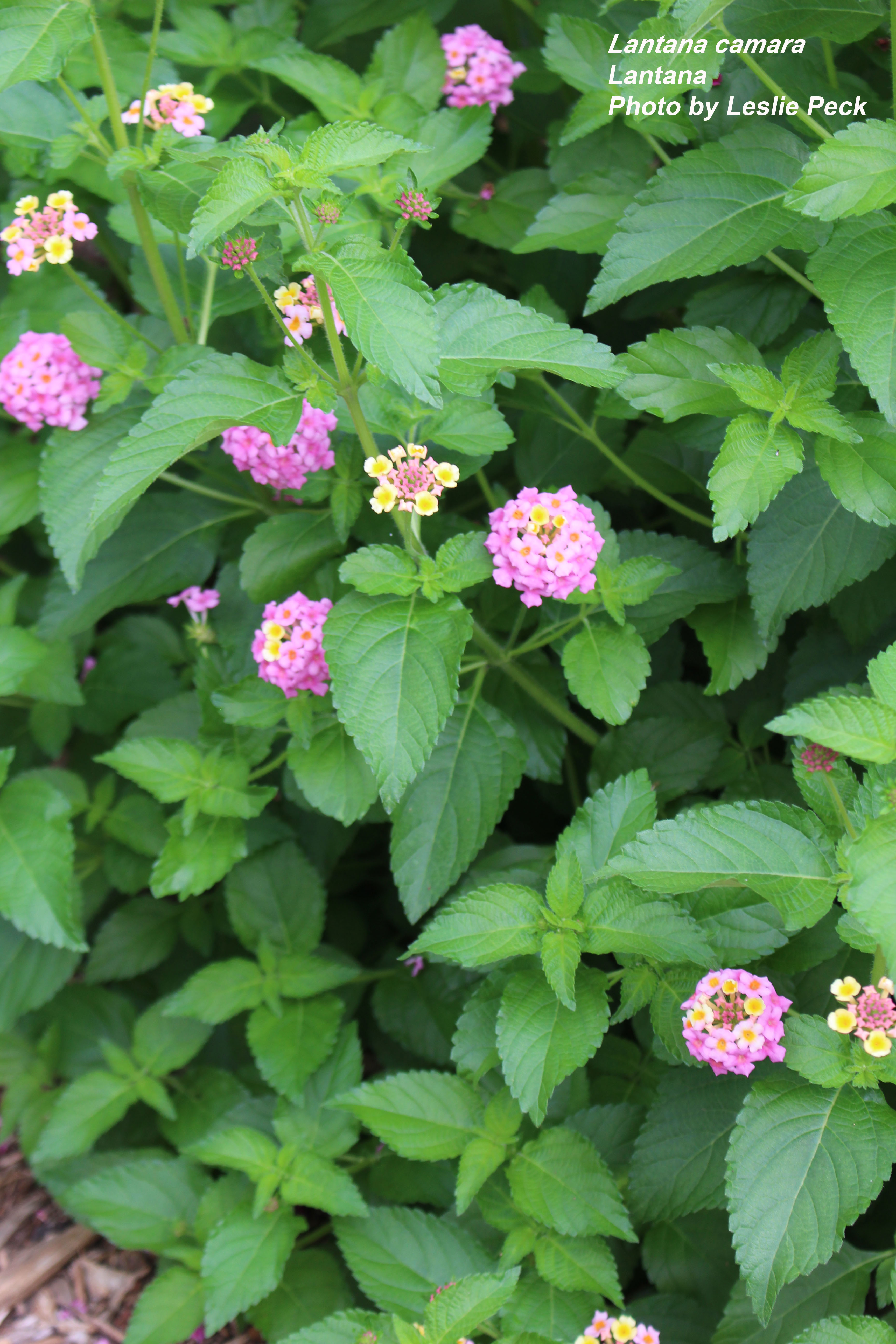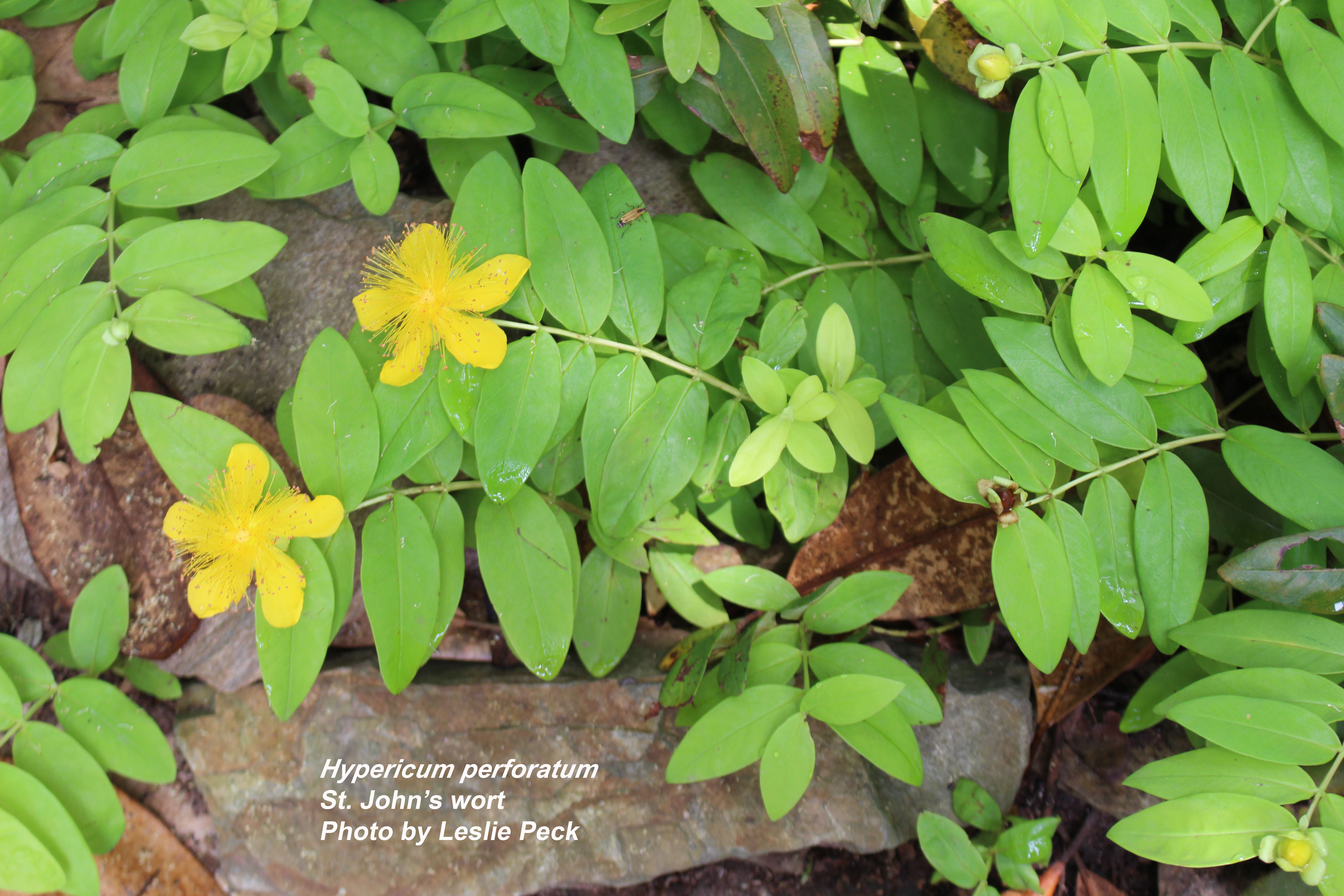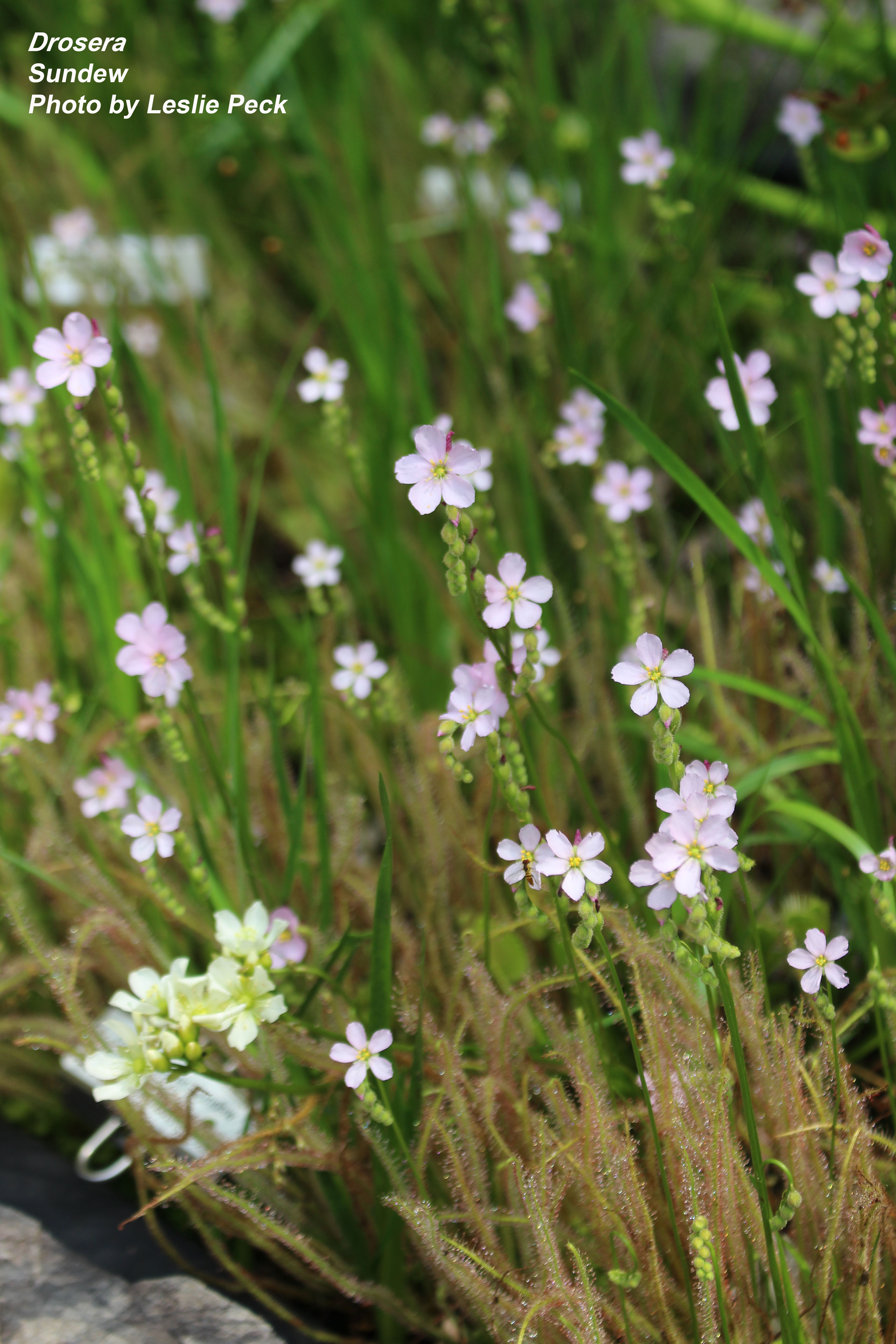What’s in Bloom, Week of June 11
go.ncsu.edu/readext?700427
en Español / em Português
El inglés es el idioma de control de esta página. En la medida en que haya algún conflicto entre la traducción al inglés y la traducción, el inglés prevalece.
Al hacer clic en el enlace de traducción se activa un servicio de traducción gratuito para convertir la página al español. Al igual que con cualquier traducción por Internet, la conversión no es sensible al contexto y puede que no traduzca el texto en su significado original. NC State Extension no garantiza la exactitud del texto traducido. Por favor, tenga en cuenta que algunas aplicaciones y/o servicios pueden no funcionar como se espera cuando se traducen.
Português
Inglês é o idioma de controle desta página. Na medida que haja algum conflito entre o texto original em Inglês e a tradução, o Inglês prevalece.
Ao clicar no link de tradução, um serviço gratuito de tradução será ativado para converter a página para o Português. Como em qualquer tradução pela internet, a conversão não é sensivel ao contexto e pode não ocorrer a tradução para o significado orginal. O serviço de Extensão da Carolina do Norte (NC State Extension) não garante a exatidão do texto traduzido. Por favor, observe que algumas funções ou serviços podem não funcionar como esperado após a tradução.
English
English is the controlling language of this page. To the extent there is any conflict between the English text and the translation, English controls.
Clicking on the translation link activates a free translation service to convert the page to Spanish. As with any Internet translation, the conversion is not context-sensitive and may not translate the text to its original meaning. NC State Extension does not guarantee the accuracy of the translated text. Please note that some applications and/or services may not function as expected when translated.
Collapse ▲The garden continues to grow. Warmer temperatures mean increased growth for lots of plants, as long as they are getting enough water. In general, most plants do best when they receive 1 inch of water each week – this can be by rainfall or irrigation. Some plants will tolerate more or less water, especially after they are established in your garden.
For even more photos of what’s blooming now, plus archived photos and information on where to see these plants, visit our What’s in Bloom page.

Lantana is a tender perennial in our area. Lots of gardeners treat it as an annual, since it will not return after a harsh winter. This plant overwintered at our Demonstration Garden.

There are several species of Hypericum – this a groundcover that can tolerate some shade.

Sundew is a carnivorous plant. In the foreground, you can see its hairy stems which excrete a dew-like substance to catch insect prey.




